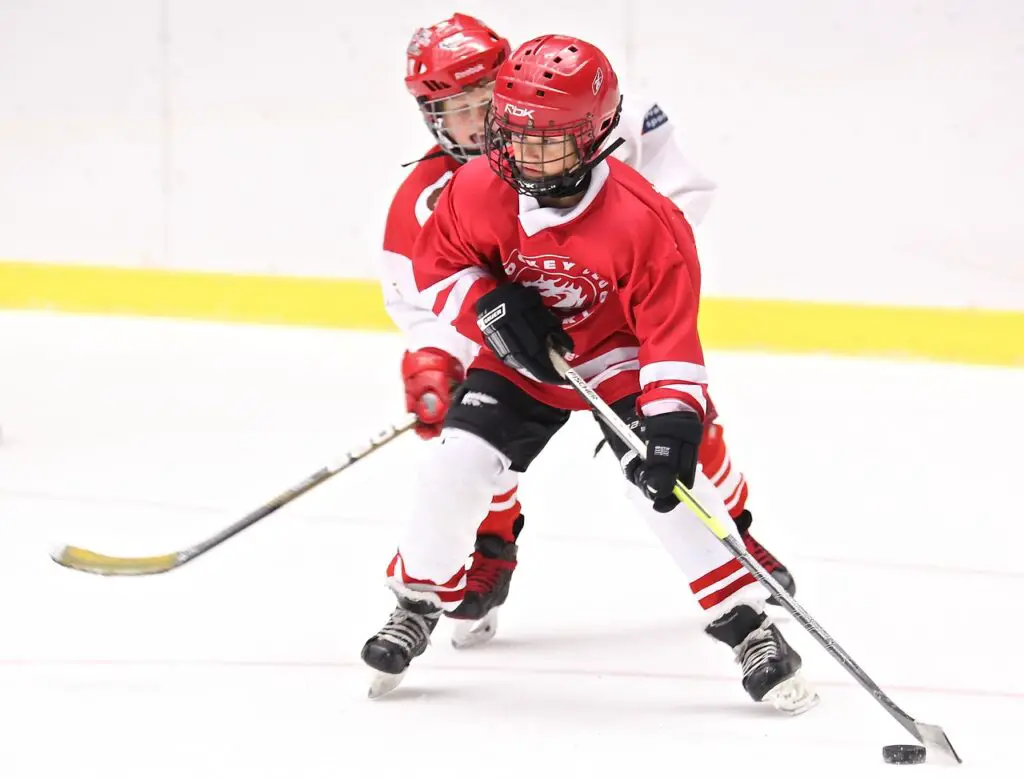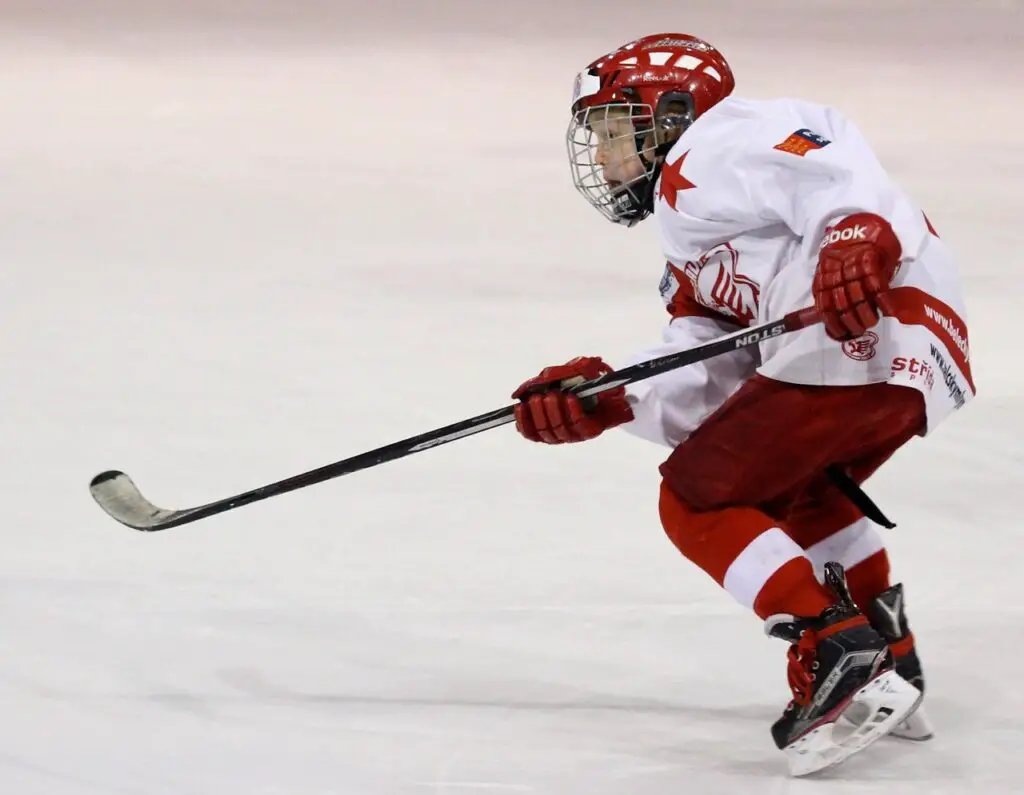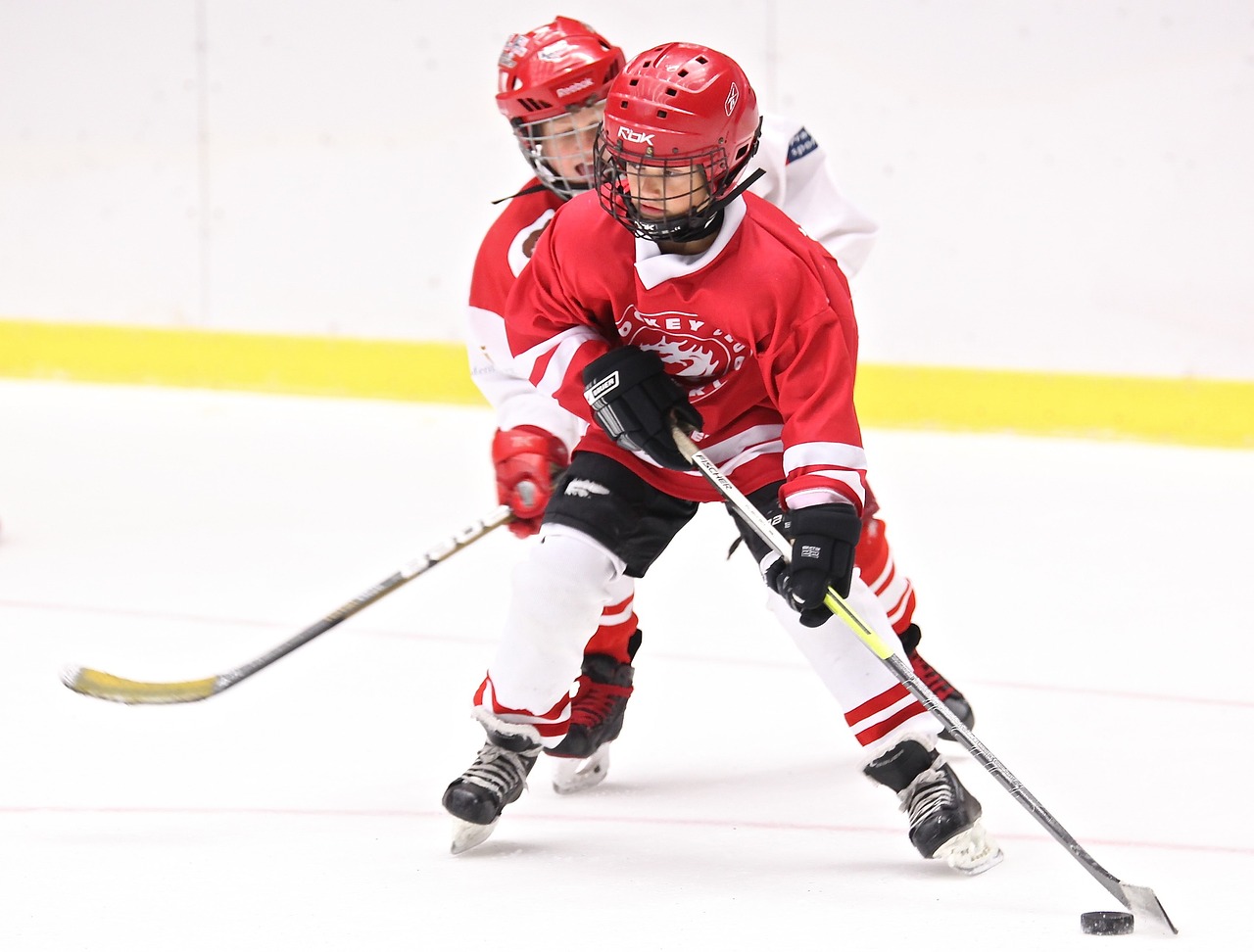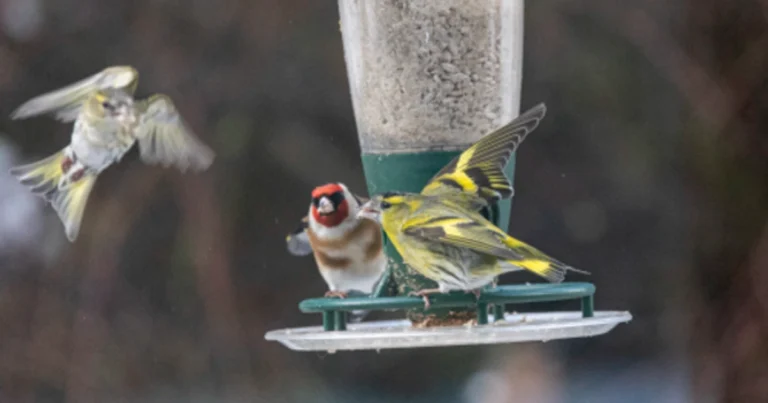Preventing Hockey Stick Damage: Tips for Avoiding Chips, Cracks, and Breaks
For hockey players, the bond with their stick is almost as strong as the adrenaline rush during a well-timed goal. But what happens when that trusty companion gives in under pressure, chips, or cracks, leaving its owner stranded on the ice? This blog post is your playbook for safeguarding your stick, ensuring it’s always ready to deliver that game-winning shot.

Understanding Hockey Stick Damage
Hockey sticks are precision instruments, meticulously designed to withstand the rigors of the game. Unfortunately, they’re not indestructible. The three common villains that diminish the effectiveness of these powerful tools are impacts, improper storage, and general wear and tear.
Impacts: The game of hockey is fast and furious. Whether you’re blocking a slap shot or aiming your own, stick impacts are a part of every game. Over time, repeated impacts can weaken the stick’s structure. Even the toughest sticks can succumb to a well-placed check or a direct hit against the boards.
Improper Storage: Sticks left leaning against a wall, or thrown in the back of a car, are at risk for warping, breaking, or suffering from edge damage. Atmospheric conditions can also play a role; extreme temperatures can cause the stick to become brittle or soft, making it more prone to breakage.
Wear and Tear: Every time you slash the ice or take a shot, you’re wearing down the stick a little bit. Blades get nicks, shafts can get scuffed, and bumps and scrapes can accumulate. These seemingly minor changes can have a significant impact on the stick’s performance.
Preventive Maintenance Tips
Proper care can greatly extend the life of your hockey stick. Here are some key tips to keep in mind to ensure your stick remains in peak condition.
Proper Stick Handling Techniques: Learning to use your stick effectively is crucial. Avoid slashing at the ice or boards out of frustration, and remember, a well-placed technical move can save you from making a costly impact on your stick.
Choosing the Right Stick for Your Playing Style: A stick that’s too stiff for you might not flex properly, resulting in damage. Conversely, one that’s too flexible can lead to over-flexing and eventual breakage. Match your stick to your style to ensure it performs as designed.
Storage and Transportation Best Practices: Always store your stick in a cool, dry place, and use a stick bag for transport. This will not only protect your stick from direct damage but also from the cumulative effects of poor environmental conditions.
Repair and Maintenance
Stick damage is sometimes inevitable, but not all hope is lost. For minor issues like blade chips, you can often take the matter into your own hands with simple DIY fixes. There are kits available with everything you need to repair small cracks and chips in the comfort of your own home.
However, if the damage is more severe – think major cracks or a critical break – it’s best to leave it to the professionals. Stick repair shops have the equipment and expertise to fix your stick in a way that maintains its performance and durability, as close as possible to its original condition.

Longevity and Performance
Accumulating small damages and not repairing them can lead to a significant loss in the stick’s performance. A small chip in the blade can cause a lack of control or power, and a crack in the shaft may lead to a complete break at a critical moment in the game.
Regular maintenance ensures that you get the most out of your stick in terms of performance and longevity. By investing time in care, you are actually saving money in the long run, as you’ll need to replace your sticks less frequently.
Conclusion
Your hockey stick is an extension of yourself out on the ice. Just as an athlete maintains their body for the game, so should they maintain their tools. Understanding the forces at play that can harm your stick, and being proactive in its care, is the hallmark of a serious hockey player. By implementing the tips above, you’ll not only extend the life of your stick but also enhance your performance and, ultimately, your enjoyment of the game. With proper maintenance, your trusty stick will be there for every goal, assist, and save, amplifying the thrill of the sport for years to come.






